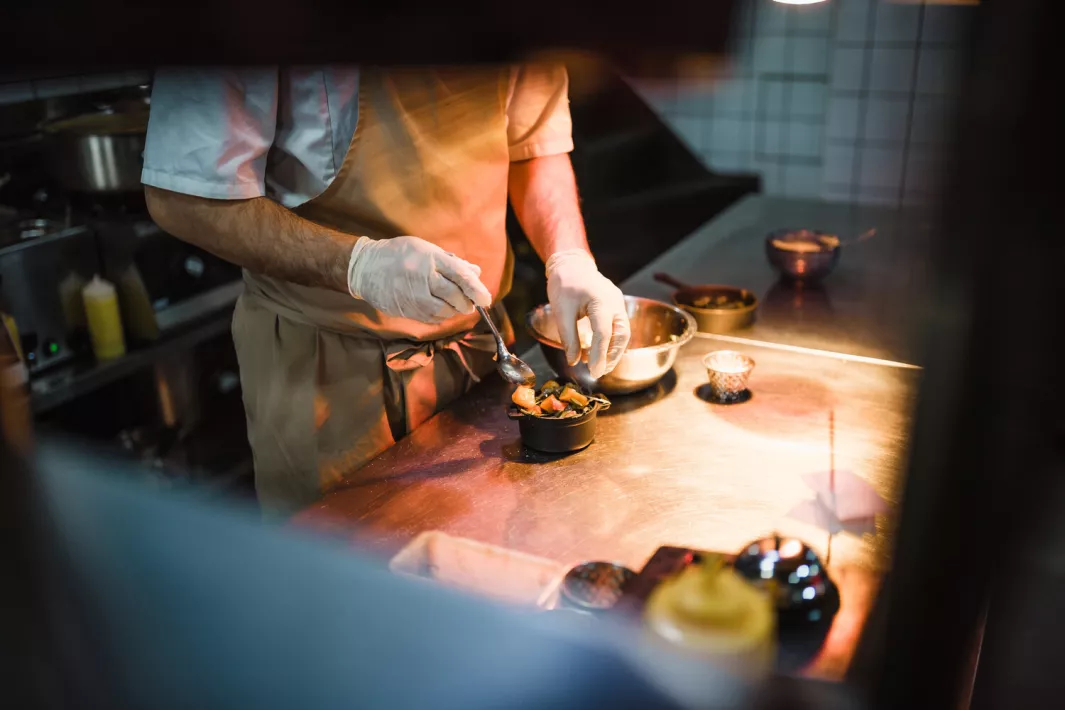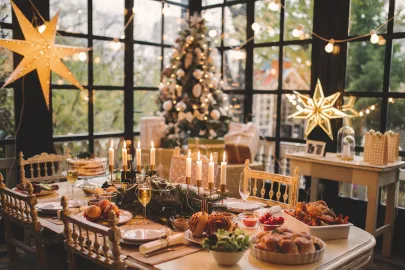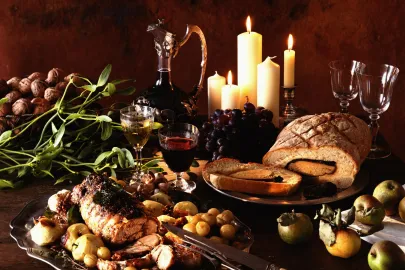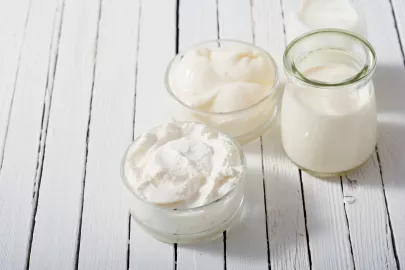As in all domains, cooking has its own vocabulary. Particularly in France, where its rich language and renowned gastronomy have disseminated it pretty much throughout the world…

To each action its words – that is gastronomy. A rippled presentation of sliced ingredients is a chiffonnade; vegetables sliced into 2 mm thick batons a julienne; a preparation of meat, fish or vegetable pieces sautéed on a high heat is... a sauté! These terms sound familiar? No wonder – because the international culinary world has adopted them here and there. Just like the long list of products or preparations that are popular in the four corners of the globe: chantilly, canapés, hors d’œuvre, bouquets garnis… Enabling you to travel without moving!
From regional and foreign terms...
Including within France. Because the regions also have their own terms. In the southwest, a chocolatine is a pain au chocolat. In Provence, a loup (wolf) is no other than a sea bass and the local angel wing doughnuts – oreillettes – are known as frappes in Corsica and bugnes in the Lyon area. And what about carpaccio, crudo, hot dog, paëlla, mochi, sundae and other foreign classics, which have long since been adopted by French appetites and dictionaries? Not to mention the English loan words that are finding their place in the kitchen: from the verbs slicer, snacker, twister, pimper and bruncher to the nouns toppings and batch-cooking… Now foodies and other gourmets have developed the habit of using them à toutes les sauces – at every opportunity.
...to humour
And then there are the idioms! Which are not lacking in French when it comes to cooking. A coq en pâte is someone who is pampered, mettre du beurre dans les épinards is to supplement one’s income, être copains comme cochons means to be inseparable, la fin des haricots denotes an absolute disaster, tomber sur un os is to encounter a problem or difficulty… Now it is over to you to find the meaning of these phrases: the two of them are copains comme cochons, two coqs en pâte. But watch out, by wanting to mettre du beurre dans les épinards, they could well tomber sur un os. Then that would be la fin des haricots…
Contributor

Editor













